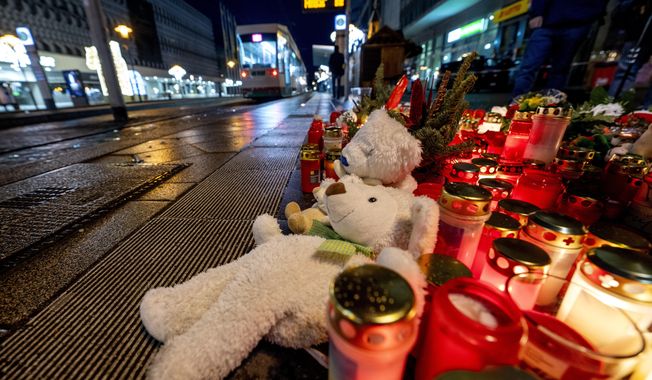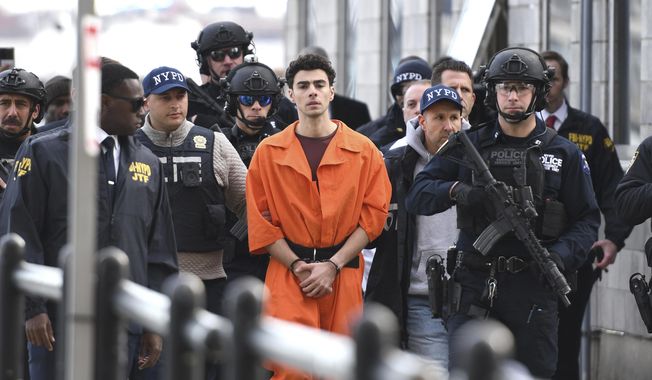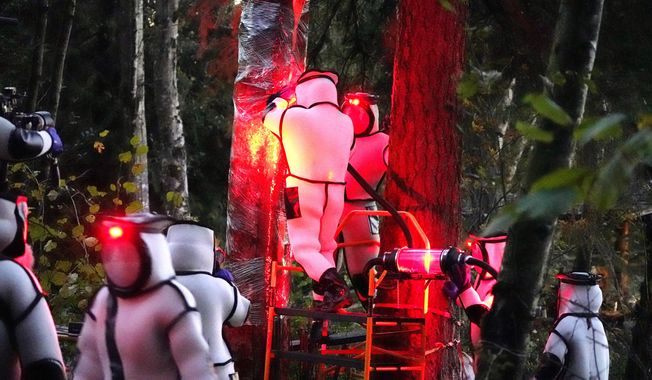
FILE - In this Tuesday, Feb. 9, 2021 file photo, Marion Koopmans of the World Health Organization team speaks during a joint press conference held at the end of the WHO mission in Wuhan in central China's Hubei province. In a press briefing on Wednesday, March 10 organized by the think tank Chatham House in London, Peter Daszak estimated that collective scientific research might be able to pin down how animals carrying COVID-19 infected the first people in Wuhan identified last December. Koopmans, who was also on the WHO-led team, said they considered numerous hypotheses for how the pandemic might have started, including the possibility of a laboratory accident. (AP Photo/Ng Han Guan, file)
Featured Photo Galleries









Trump Transition: Here are the people Trump has picked for key positions so far
President-elect Donald Trump has announced a flurry of picks for his incoming administration. Get full coverage of the Trump transition from The Washingon Times.





